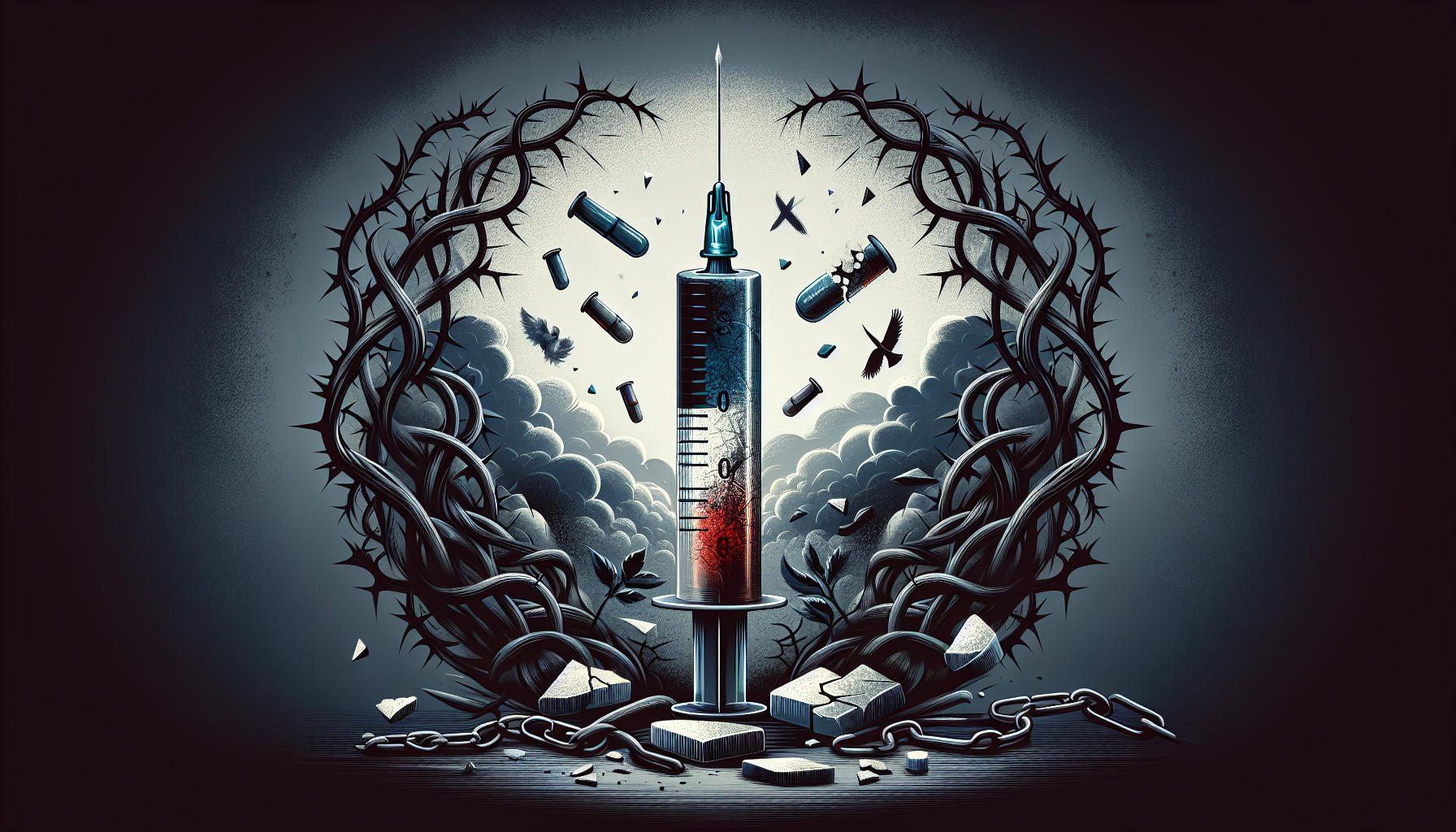August 27, 2024
How Fentanyl-Laced Heroin Claims Lives
Discover the impact, signs, and resources for help in combating this crisis.
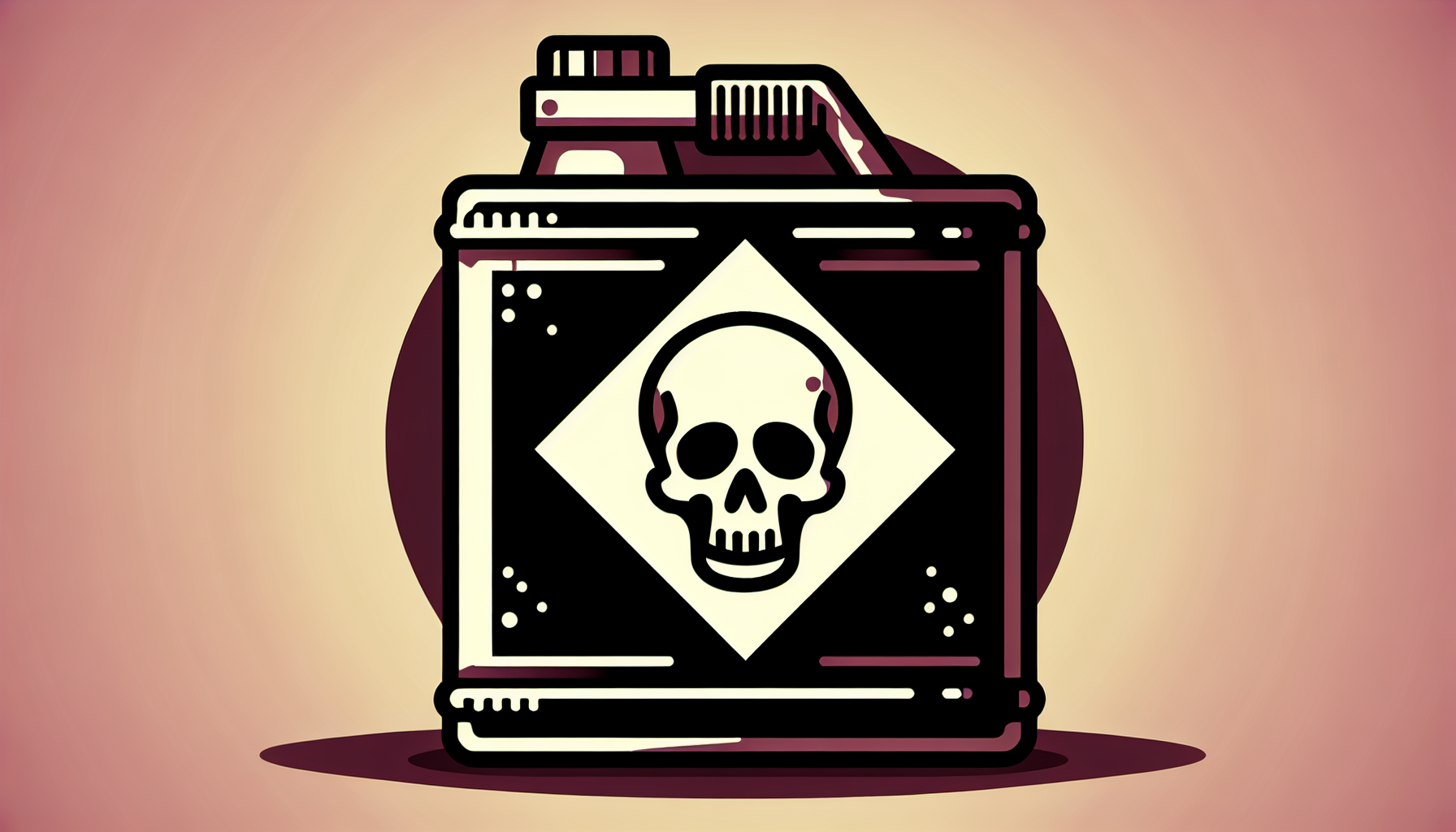
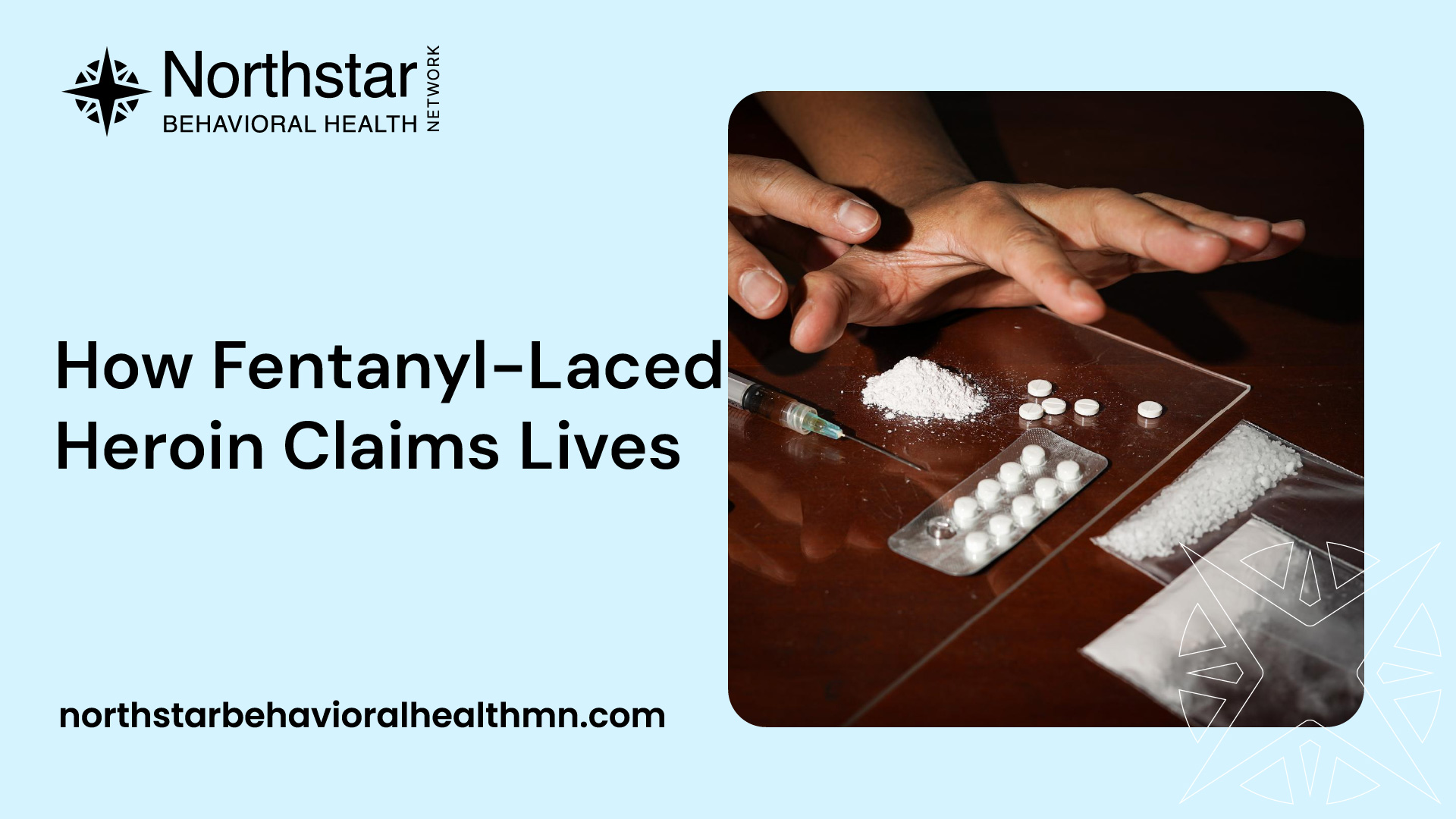
The Harsh Reality of Fentanyl-Laced Heroin
The presence of fentanyl-laced heroin in the illicit drug market has led to devastating consequences, claiming countless lives and exacerbating the dangers associated with heroin use. Understanding the dangers of fentanyl and the deadly combination it forms with heroin is crucial in addressing this harrowing issue.
Understanding the Dangers of Fentanyl
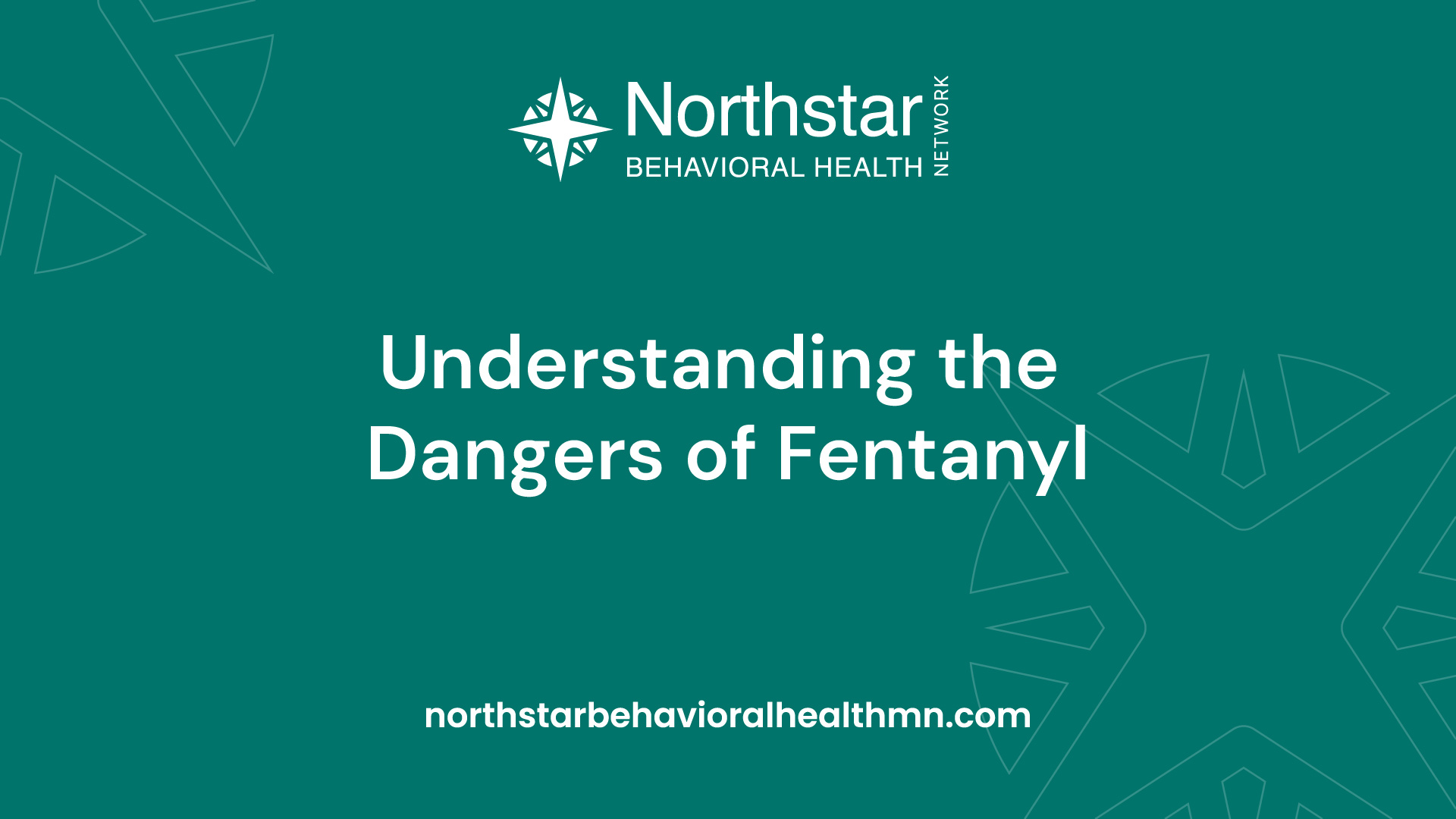
Fentanyl is a potent synthetic opioid that is approximately 50 to 100 times stronger than morphine. Originally developed for pain management in medical settings, illicitly manufactured fentanyl has infiltrated the illegal drug market. Its high potency makes it especially dangerous, as even small amounts can cause a fatal overdose.
The allure of fentanyl for drug dealers lies in its ability to significantly increase the potency of heroin. By cutting or lacing heroin with fentanyl, dealers can produce a more powerful and potentially addictive product. However, this practice puts users at an alarmingly high risk of overdose, as they may unknowingly consume a lethal dose of fentanyl.
The Deadly Combination: Heroin and Fentanyl
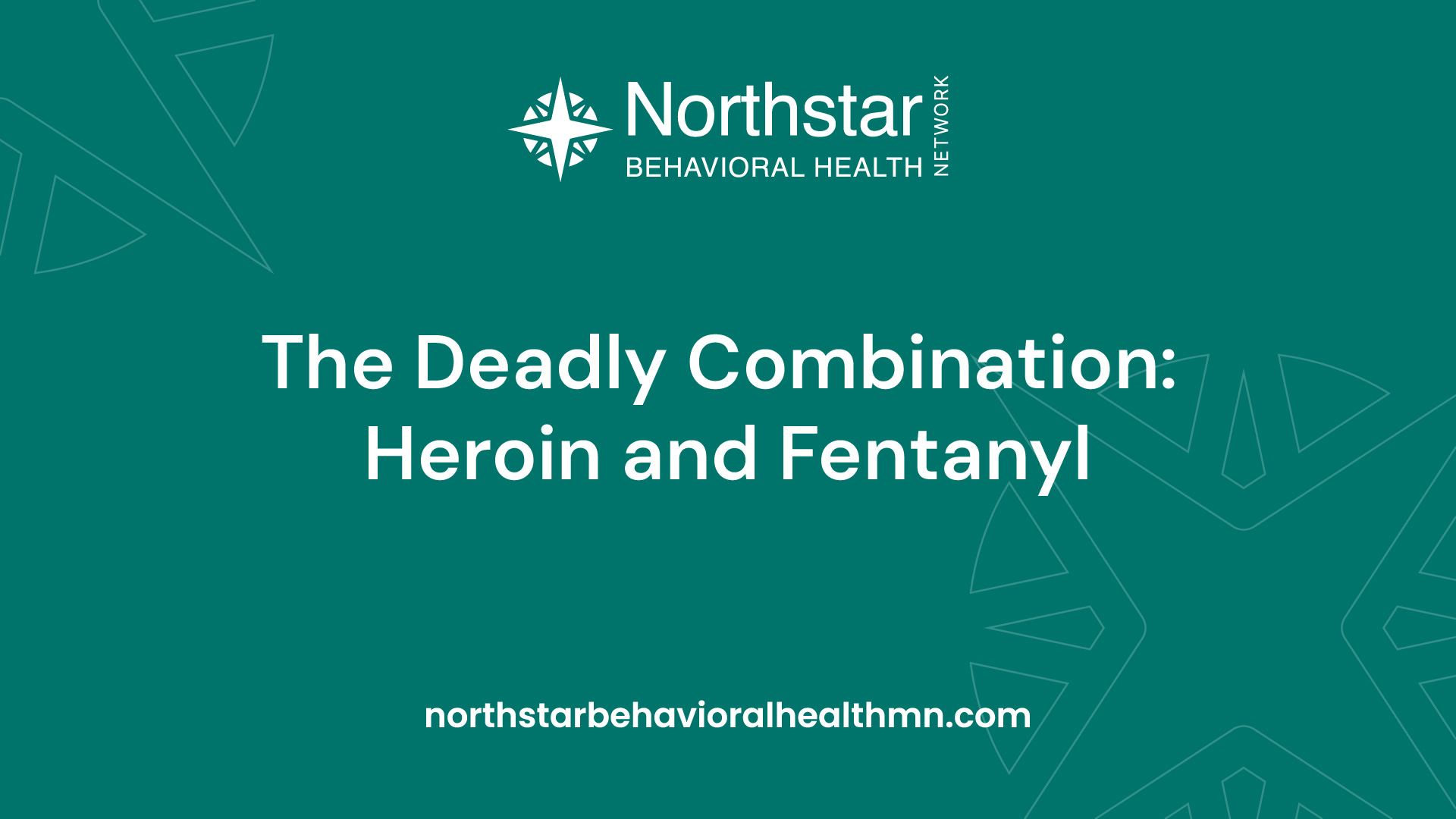
The combination of heroin and fentanyl has created a lethal synergy that has ravaged communities across the globe. When individuals who are accustomed to using heroin unknowingly consume fentanyl-laced heroin, they are thrust into a perilous situation. The unpredictability of the potency and distribution of fentanyl in these mixtures greatly increases the risk of overdose.
To comprehend the gravity of this issue, it is essential to recognize that even individuals with a tolerance to heroin may be unable to withstand the strength of fentanyl-laced heroin. The potency of fentanyl can overwhelm the body's opioid receptors, leading to respiratory depression, loss of consciousness, and, in many cases, death.
The rise of fentanyl-laced heroin underscores the urgent need for education, prevention, and harm reduction strategies. By spreading awareness of the dangers associated with this deadly combination, we can empower individuals struggling with addiction to make informed decisions and seek the help they need.
To learn more about the signs of fentanyl-laced heroin and the importance of education and prevention, continue reading our article on Recognizing Signs of Fentanyl-Laced Heroin and Importance of Education and Prevention. Together, we can combat this crisis and save lives.
Impact on Addicts
Fentanyl-laced heroin poses significant risks and challenges for individuals struggling with addiction. The presence of fentanyl significantly increases the danger associated with heroin use, leading to an increased risk of overdose and presenting obstacles in addiction recovery.
Increased Risk of Overdose
Fentanyl, a potent synthetic opioid, is approximately 50 to 100 times stronger than morphine. When mixed with heroin, even in small amounts, it can have devastating consequences. Due to its high potency, individuals who unknowingly consume fentanyl-laced heroin are at a significantly higher risk of overdose.
It's important to note that fentanyl-laced heroin can be difficult to detect, as it may look and act similarly to regular heroin. This makes it crucial for individuals to be aware of the signs of fentanyl-laced heroin and exercise caution when using any illicit substances. Visit our article on is there a difference between a slip and a relapse? to learn more about the risks associated with drug use.
Challenges in Addiction Recovery
For individuals seeking recovery from heroin addiction, the presence of fentanyl-laced heroin introduces additional challenges. The heightened potency of fentanyl can increase the intensity of withdrawal symptoms and cravings, making the recovery process more difficult.
Moreover, fentanyl-laced heroin can disrupt the progress made during addiction treatment. It can trigger a relapse or lead to a worsening of the addiction, as individuals may develop a higher tolerance for opioids due to fentanyl exposure. This can make it harder for individuals to achieve and maintain sobriety.
To overcome these challenges, it is crucial for individuals in addiction recovery to seek comprehensive treatment options that address the specific needs and risks associated with fentanyl-laced heroin. Treatment programs that incorporate evidence-based therapies, such as motivational interviewing, can provide the necessary support and guidance.
Learn more about the benefits of motivational interviewing in our article on can motivational interviewing help an addict who is willing to embrace recovery?.
By understanding and recognizing the impact of fentanyl-laced heroin on addicts, we can better address the challenges faced by individuals seeking recovery and work towards preventing further harm. It is essential to spread awareness, provide resources, and support those affected by addiction to ensure a safer and healthier future. For more information on addiction treatment and recovery resources, visit our article on resources for recovery.
Spreading Awareness
Raising awareness about the dangers of fentanyl-laced heroin is crucial in combating the opioid crisis. By recognizing the signs of fentanyl-laced heroin and emphasizing the importance of education and prevention, we can work towards saving lives and helping individuals break free from addiction.
Recognizing Signs of Fentanyl-Laced Heroin
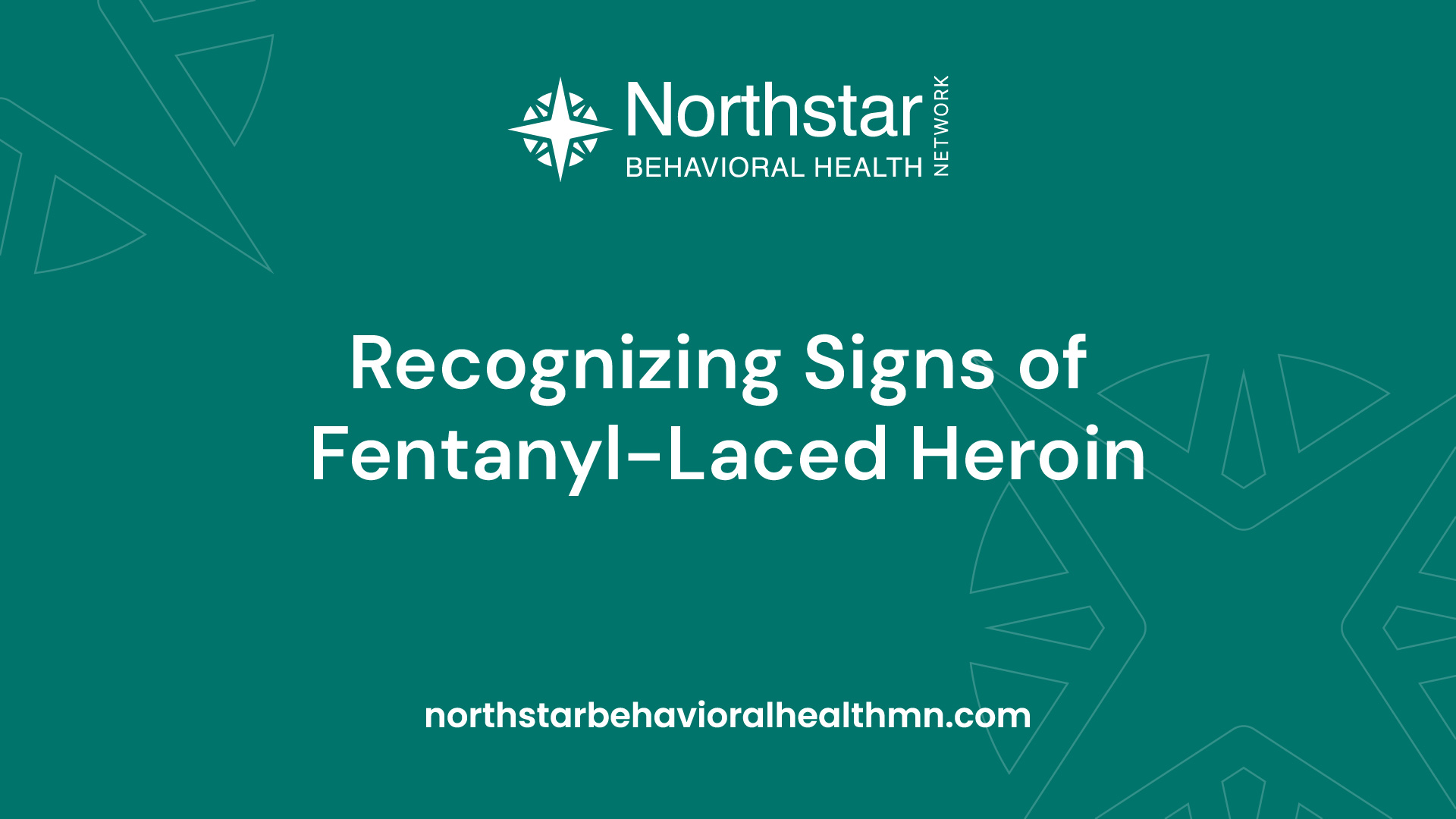
Identifying fentanyl-laced heroin is essential for individuals who use or have a loved one struggling with substance abuse. Fentanyl, a potent synthetic opioid, is often mixed with heroin to increase its potency. However, this combination can be deadly, as fentanyl is significantly stronger than heroin and can lead to a higher risk of overdose.
Here are some signs that may indicate the presence of fentanyl-laced heroin:
- Increased potency: If the effects of heroin seem unusually strong or intense, it could be an indicator of fentanyl contamination.
- Inconsistent potency: In a batch of heroin, the potency may vary from one dose to another. This variability can be attributed to the uneven distribution of fentanyl within the mixture.
- Small blue or white crystals: Fentanyl is sometimes found in the form of small blue or white crystals, which can be visible in the heroin mixture.
- Reports of fentanyl-related overdoses: Stay informed about any local reports of fentanyl-related overdoses or deaths. This information can help you recognize the potential presence of fentanyl-laced heroin in your area.
It's important to note that these signs may not always be evident, and fentanyl-laced heroin can be difficult to detect visually. Therefore, it's crucial to exercise caution and assume that any illicit drug may be contaminated. For more information on addiction and different treatment options, visit our article on is there a difference between a slip and a relapse?.
Importance of Education and Prevention
Education plays a vital role in preventing the use of fentanyl-laced heroin and reducing the harm it causes. By spreading awareness about the risks and consequences associated with this deadly combination, we can empower individuals to make informed decisions and seek help if needed.
Key aspects of education and prevention include:
- Public awareness campaigns: Government agencies, healthcare organizations, and community groups conduct public awareness campaigns to educate individuals about the dangers of fentanyl-laced heroin. These campaigns focus on providing accurate information, highlighting the risks, and promoting resources for help and support.
- School-based education: Incorporating substance abuse education into school curricula helps equip young individuals with knowledge about the dangers of drugs, including fentanyl-laced heroin. By starting the conversation early, we can empower students to make informed choices and resist peer pressure.
- Community involvement: Community organizations and support groups play a vital role in educating community members about the risks of fentanyl-laced heroin. They provide resources, support, and outreach programs to individuals and families affected by addiction.
- Safe drug disposal: Educating individuals about the proper disposal of unused or expired medications, including opioids, can prevent them from falling into the wrong hands. Encouraging the use of drug take-back programs or providing information on safe disposal methods helps reduce the availability of opioids in communities.
By emphasizing education and prevention strategies, we can work together to combat the opioid crisis and protect individuals from the deadly consequences of fentanyl-laced heroin. If you or someone you know is struggling with addiction, there are treatment options available. Explore our article on treatment options for addiction and discover resources for recovery.
Seeking Help and Support
For individuals struggling with addiction to fentanyl-laced heroin, seeking help and support is crucial for recovery. There are various treatment options available and resources that can provide the necessary support during this challenging journey.
Treatment Options for Addiction
When it comes to treating addiction, there is no one-size-fits-all approach. The most effective treatment plans are tailored to the individual's specific needs and circumstances. Here are some common treatment options for addiction:
- Detoxification: Detoxification, or detox, is the first step in addiction treatment. It involves the process of clearing the body of drugs or alcohol and managing withdrawal symptoms under medical supervision. Detoxification is typically followed by ongoing treatment to address the underlying causes of addiction.
- Inpatient Rehabilitation: Inpatient rehabilitation programs provide intensive, round-the-clock care in a residential setting. These programs offer a structured environment where individuals can focus solely on their recovery. Inpatient rehab often includes individual and group therapy, educational sessions, and support from healthcare professionals.
- Outpatient Rehabilitation: Outpatient rehabilitation programs are suitable for individuals who do not require 24/7 supervision. These programs allow individuals to attend therapy and counseling sessions while still maintaining their daily routines. Outpatient rehab can be a step-down option after completing inpatient treatment or as an initial treatment approach for individuals with less severe addiction.
- Medication-Assisted Treatment (MAT): MAT involves the use of medications, in combination with counseling and behavioral therapies, to treat substance use disorders. Medications like methadone, buprenorphine, and naltrexone are used to help reduce cravings and manage withdrawal symptoms. MAT can be an effective treatment option for individuals addicted to opioids like fentanyl-laced heroin.
Resources for Recovery
Recovery from addiction requires ongoing support and resources. Here are some resources that can aid individuals in their recovery journey:
- Support Groups: Support groups such as Narcotics Anonymous (NA) and SMART Recovery offer a supportive community where individuals can connect with others who are facing similar challenges. These groups provide a safe space to share experiences, seek guidance, and receive support from peers who understand what they are going through.
- Counseling and Therapy: Individual counseling and therapy play a crucial role in addiction recovery. Licensed therapists and counselors can help individuals explore the underlying causes of their addiction, develop coping strategies, and work towards building a healthier, substance-free life.
- Recovery Apps and Online Communities: In the digital age, there are numerous smartphone apps and online communities specifically designed to support individuals in recovery. These platforms offer resources, virtual support meetings, tracking tools, and daily reminders to help individuals stay focused on their recovery goals.
- Recovery Centers and Treatment Facilities: There are specialized recovery centers and treatment facilities that provide comprehensive care and support for individuals seeking to overcome addiction. These facilities offer a range of services, including medical care, therapy, counseling, and holistic approaches to recovery.
Remember, seeking help and support is a courageous step towards reclaiming your life from addiction. If you or someone you know is struggling with addiction, reach out to a healthcare professional, a helpline, or a local support group to explore treatment options and find the support needed to embark on the path to recovery.
Combating the Crisis
Addressing the devastating impact of fentanyl-laced heroin requires comprehensive efforts from both law enforcement agencies and the community. By working together, we can combat the crisis and save lives.
Law Enforcement Efforts
Law enforcement agencies play a critical role in combating the fentanyl-laced heroin crisis. They are at the forefront of identifying and apprehending individuals involved in the production, distribution, and sale of these dangerous substances. Through targeted investigations and intelligence gathering, law enforcement aims to disrupt the supply chain, dismantle illicit drug networks, and bring those responsible to justice.
In addition to enforcement actions, law enforcement agencies also focus on prevention and education. They collaborate with community organizations and schools to raise awareness about the dangers of fentanyl-laced heroin and provide resources for addiction prevention and recovery. By actively engaging with the community, law enforcement agencies aim to create a safer environment and reduce the demand for these lethal substances.
Community Support and Advocacy
Community support and advocacy are crucial in combating the fentanyl-laced heroin crisis. It is essential for community members to come together and support individuals struggling with addiction. By fostering a compassionate and non-judgmental environment, we can encourage those affected by addiction to seek help and support.
Communities can establish support groups, recovery centers, and helplines to assist individuals in their journey towards recovery. These resources offer guidance, counseling, and access to treatment options. By providing a supportive network, communities can help individuals navigate the challenges of addiction and offer hope for a better future.
Advocacy efforts are also instrumental in combating the crisis. By raising awareness about the dangers of fentanyl-laced heroin, community members can educate others and encourage preventive measures. Advocacy groups work towards policy changes, increased funding for addiction treatment and prevention programs, and improved access to healthcare services for individuals struggling with addiction.
By combining the efforts of law enforcement agencies and the active involvement of the community, we can combat the fentanyl-laced heroin crisis. Together, we can save lives, provide support to those in need, and create a society where individuals can overcome addiction and embrace a healthier future.

.jpg)




.jpg)
